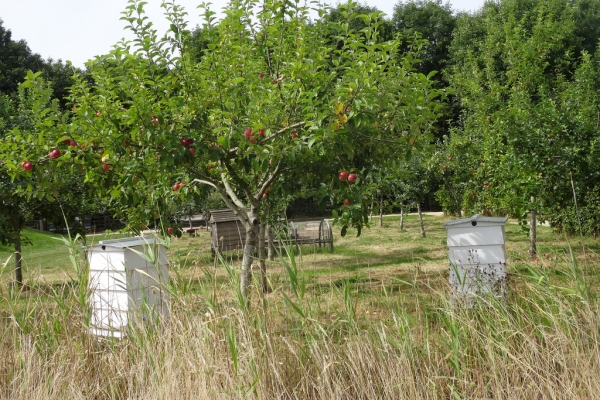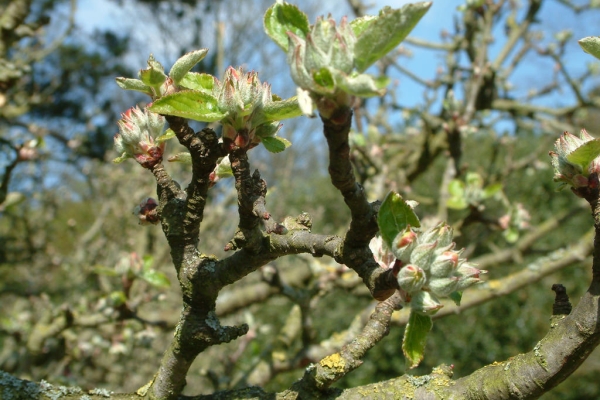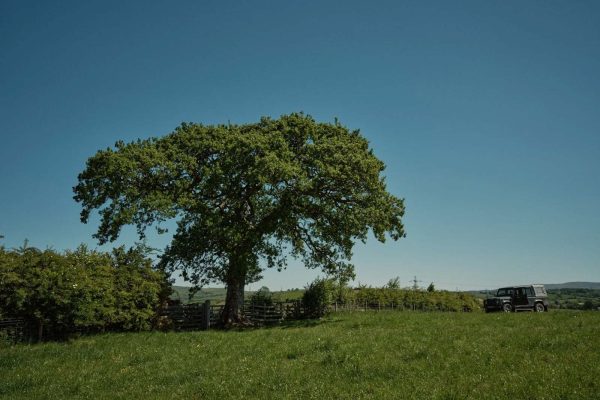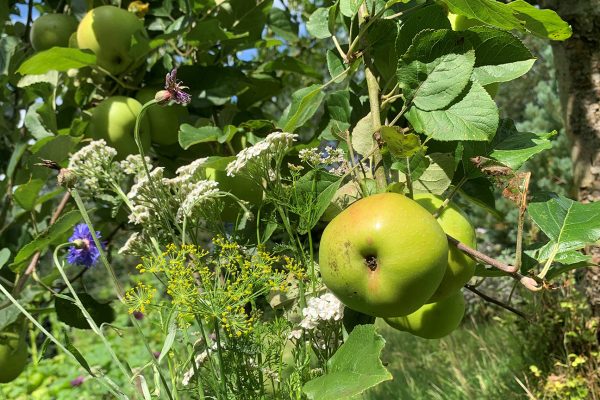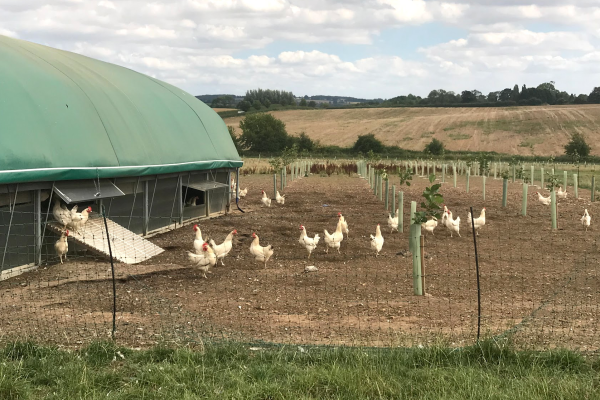Traditional orchards: maintenance pruning
Natural England Technical Information Note: TIN017
Resource explained
This note provides information on why, when and how to prune orchard trees.
Focusing on apple and pear trees, specific advice is also given for pruning stone fruits trees (eg cherries), cobnuts, walnuts and mulberries.
There are sections on the differences between spur bearing, tip bearing and partial tip bearing trees and on the different pruning methods for each type of tree. Pruning management techniques such as fruit / blossom thinning and bark ringing are also covered. There is also information on timing of pruning.
The note explains how, with care, it should be possible to produce a good crop whilst maintaining the wildlife value of the orchard.
This is one of a series of Technical Information Notes providing guidance on traditional orchard management.
Findings & recommendations
- Maintenance pruning is necessary to maintain the balance between fruit production and vegetative growth. Problems can develop when this balance is not maintained.
- Maintenance pruning can:
- Prevent branch rubbing;
- restrict tree size and maintain a balanced shape;
- help form a strong framework of branches;
- allow air and light into the tree;
- induce flower and fruit bud formation;
- stimulate shoot growth to produce young healthy wood.
- The timing, method and amount of pruning required can vary considerably depending on the species and variety of fruit tree.
- Generally the wildlife value of a tree increases as it matures. Older, larger limbs are more likely to support and develop benign fungi, decaying wood and rot, and bird nesting holes (see TIN020 Traditional orchards: orchards and wildlife).
- Older trees require more care when pruning if their wildlife value is to be preserved (see TIN018 Traditional orchards: restoration and management of mature and neglected orchards).
- While many complicated pruning techniques exist (particularly for apple and pear trees), the regular removal of a few large branches (known as regulated pruning) is usually sufficient to maintain tree health and vigour.
(Additional information about orchard planting and management can be found on the Orchard Network website).



